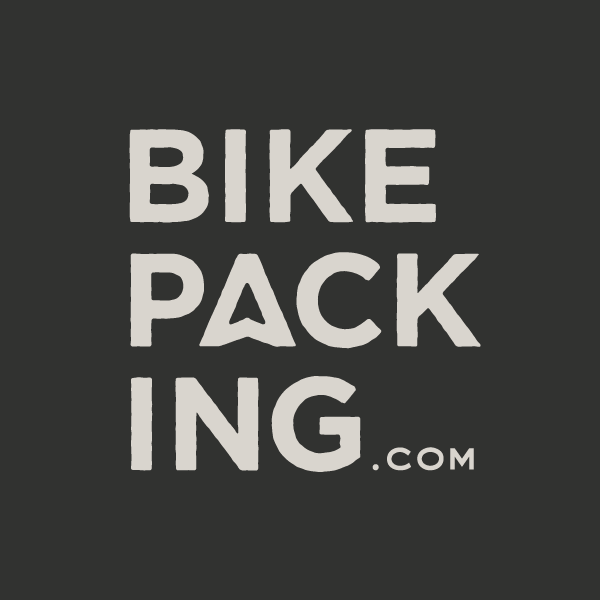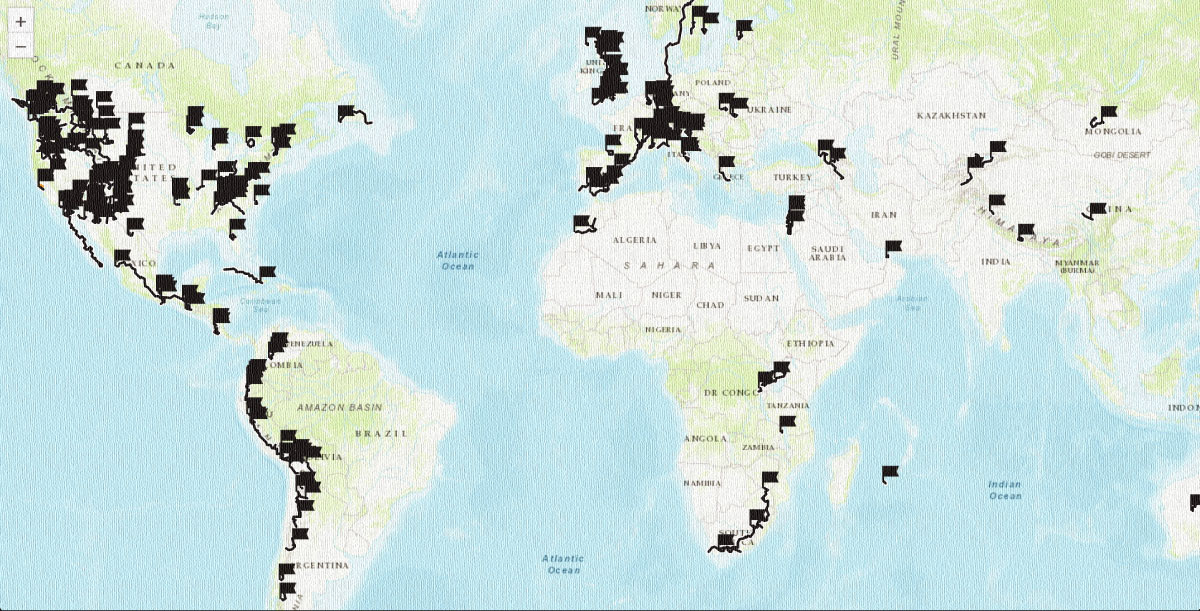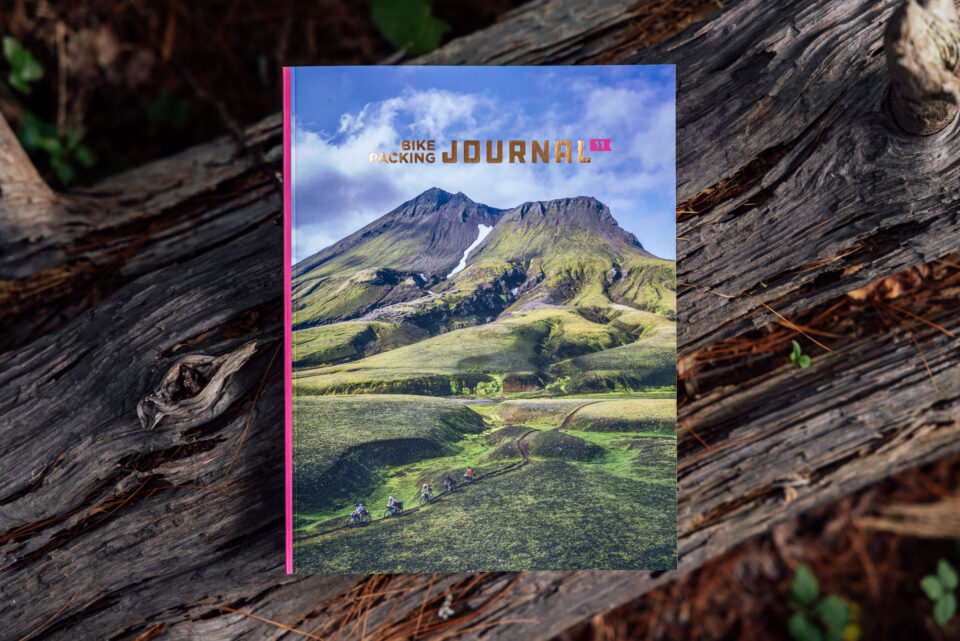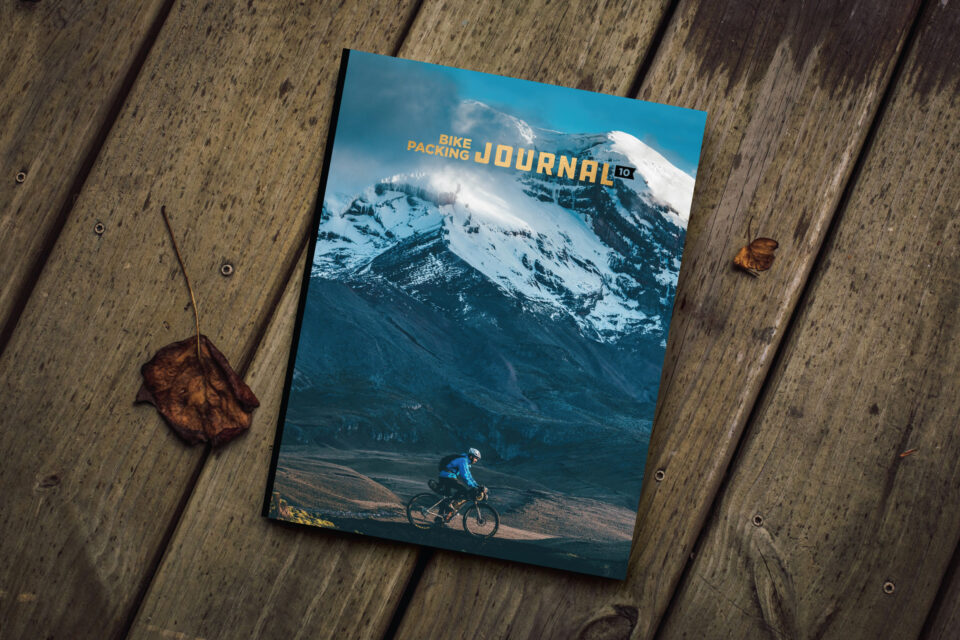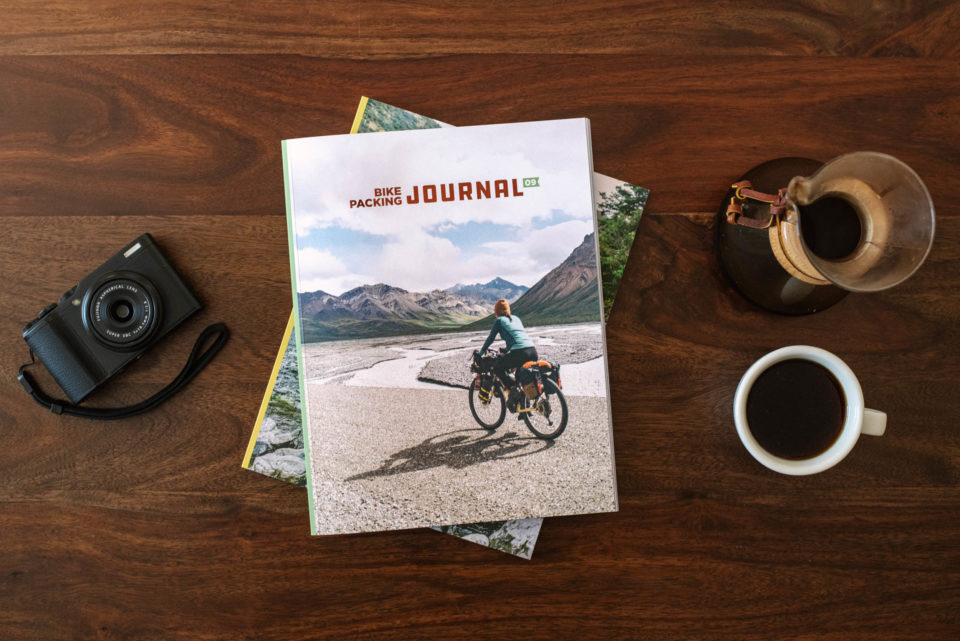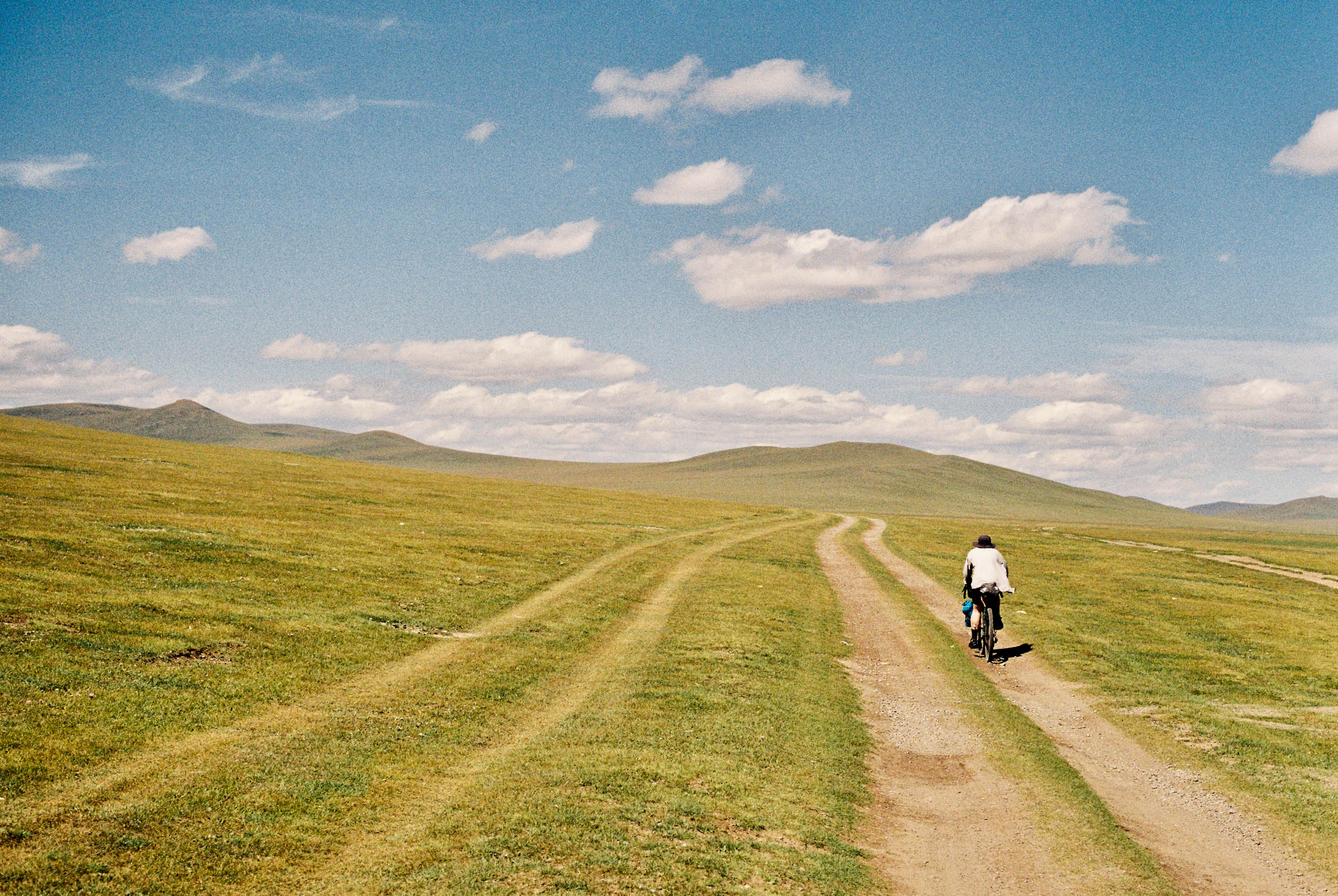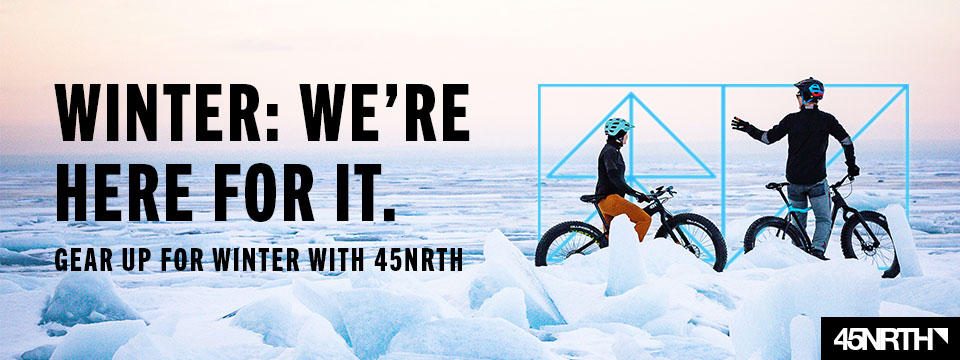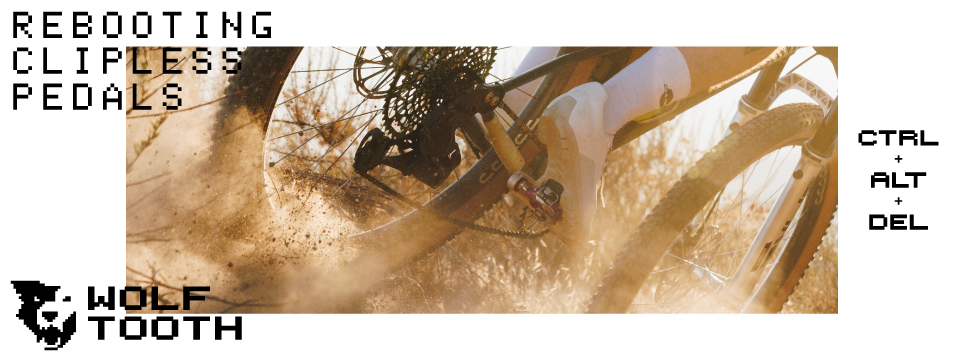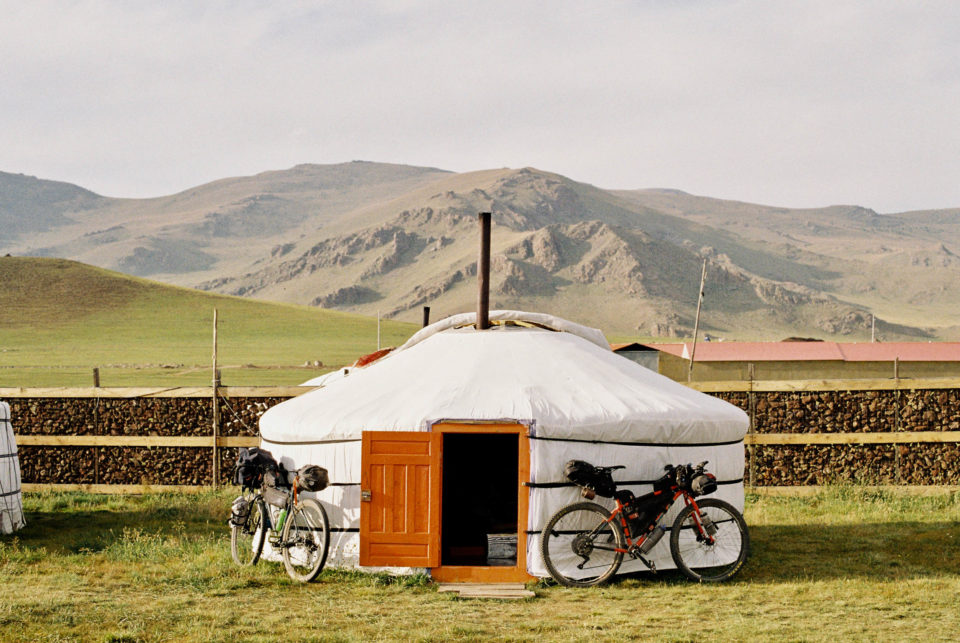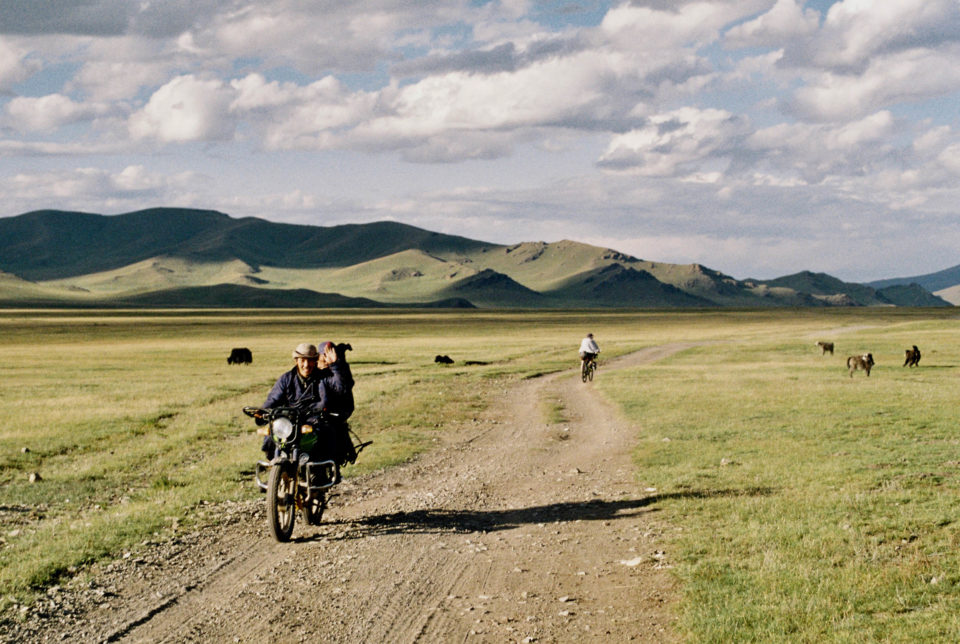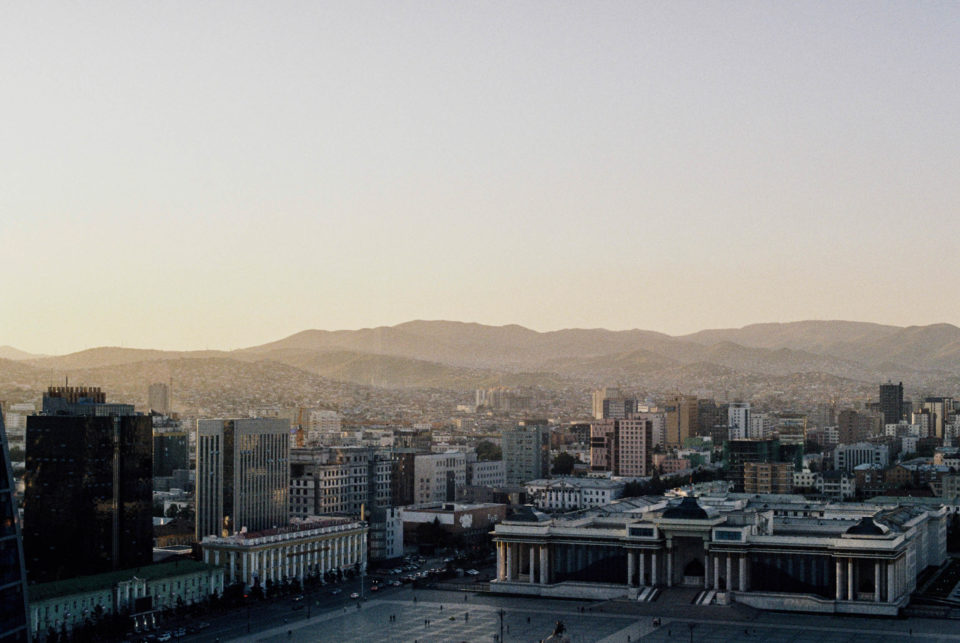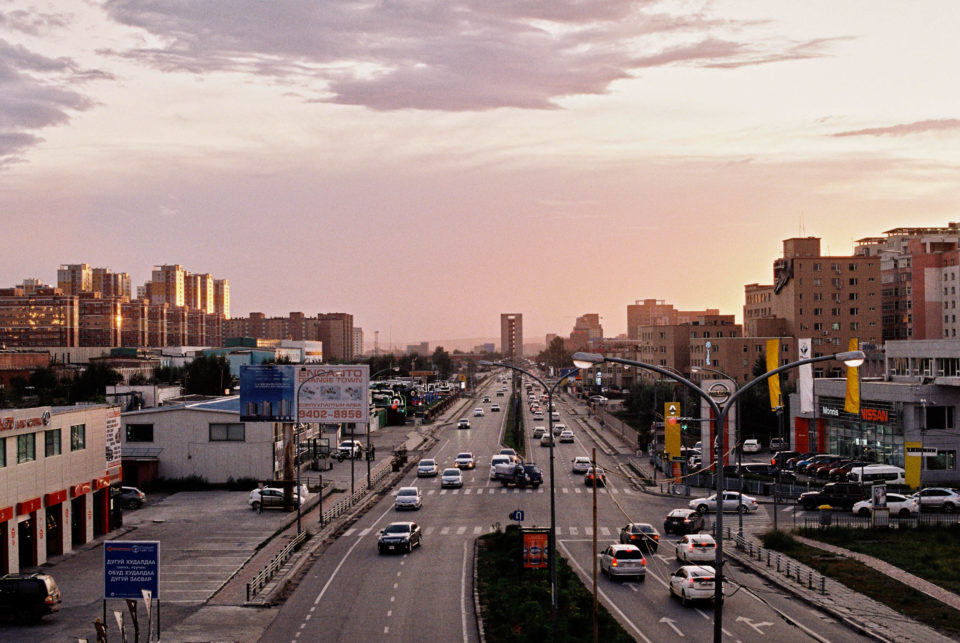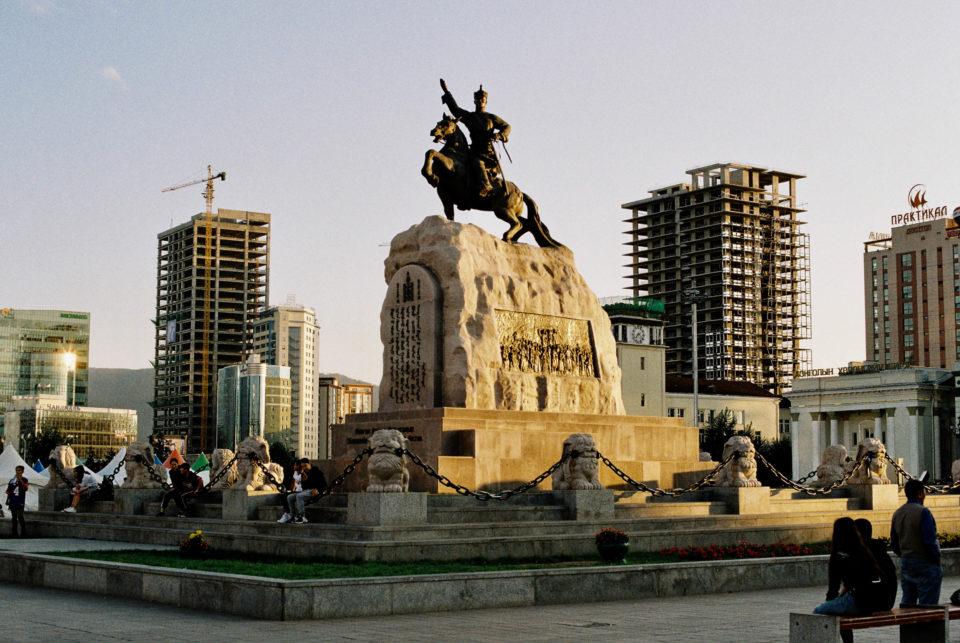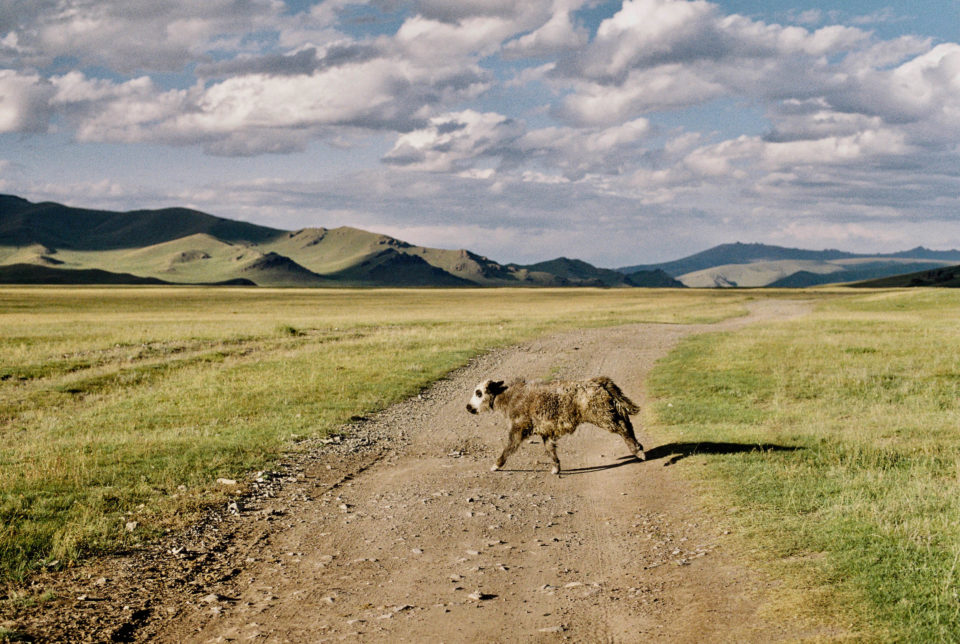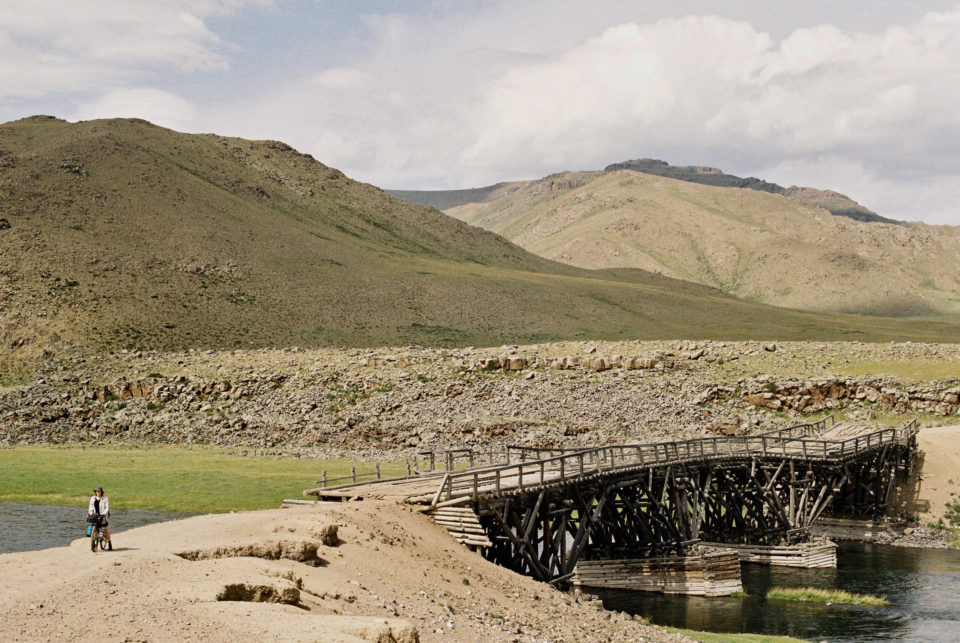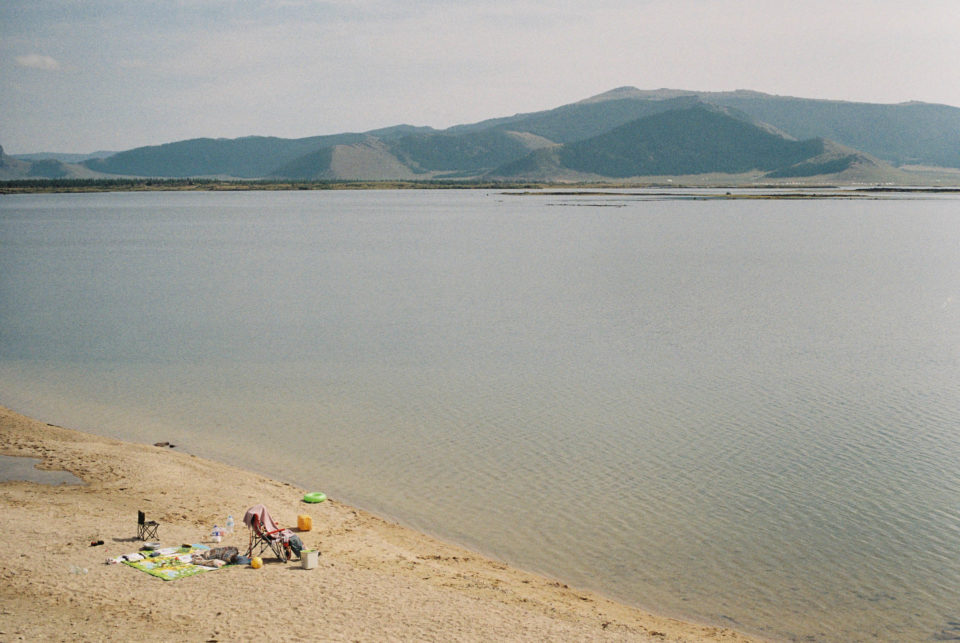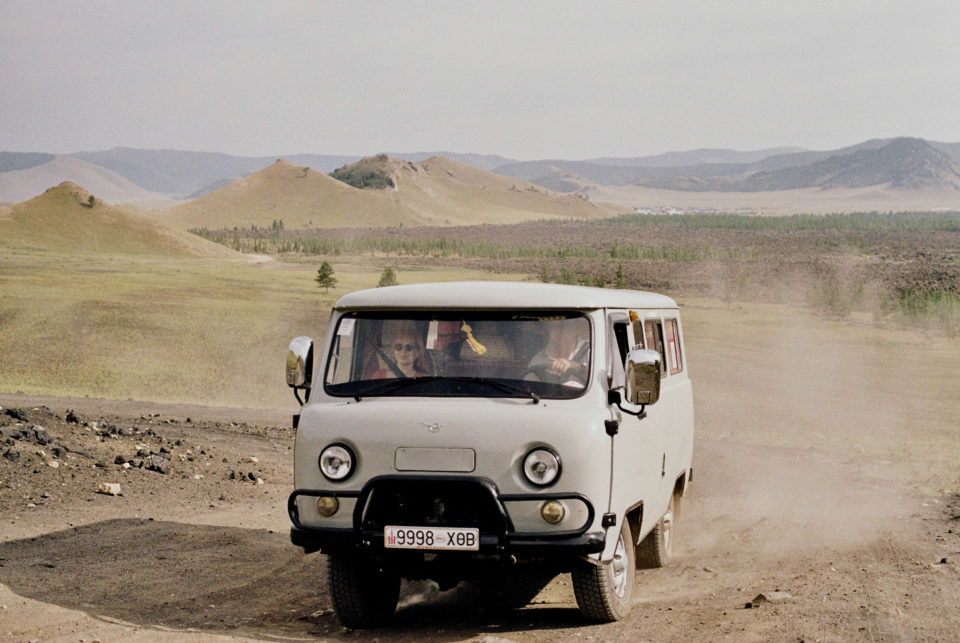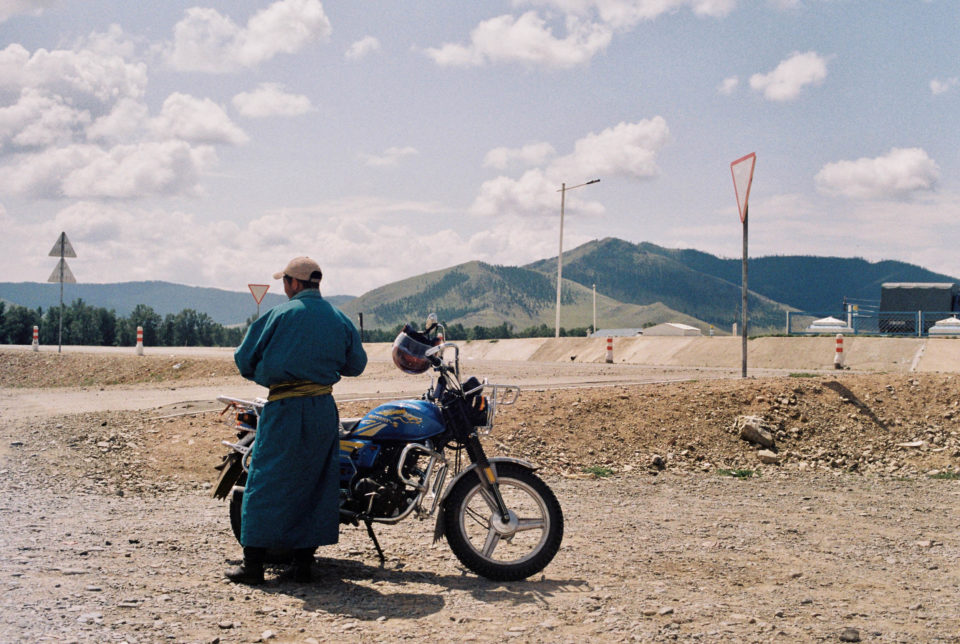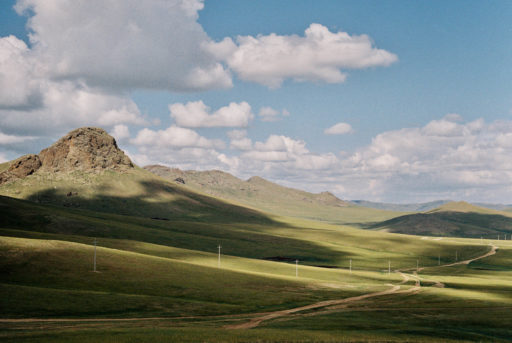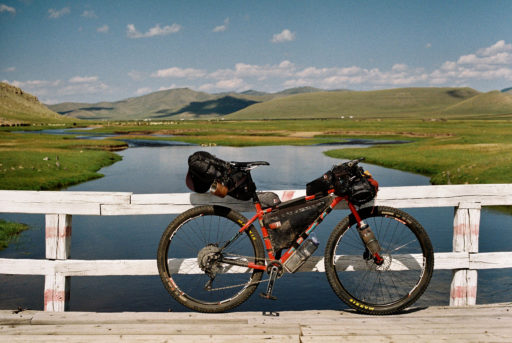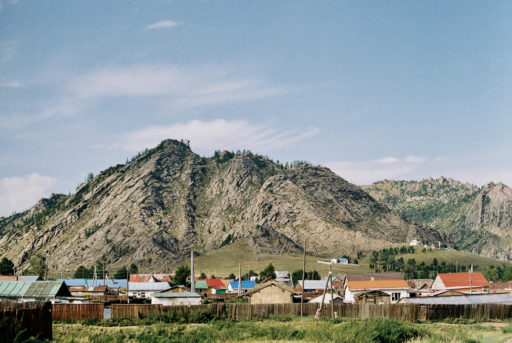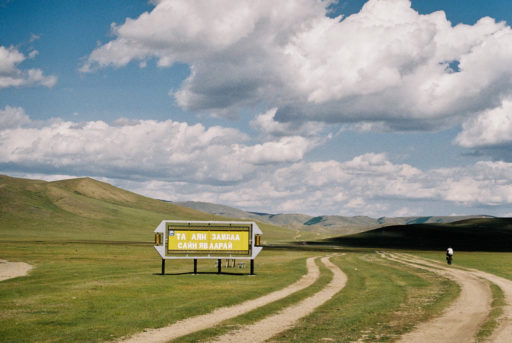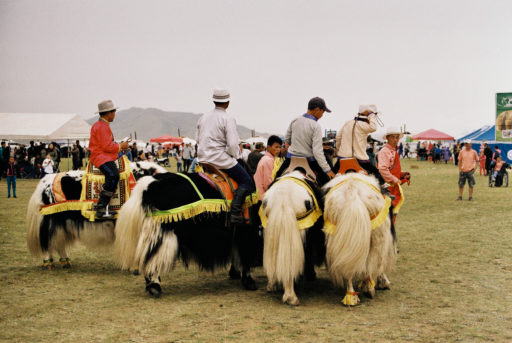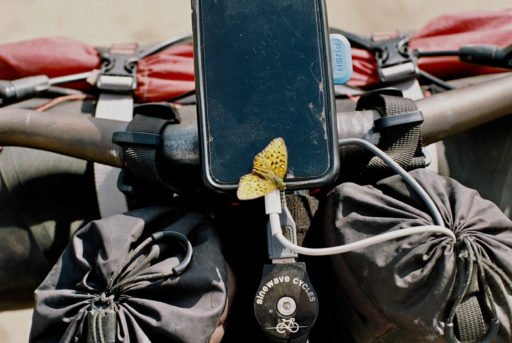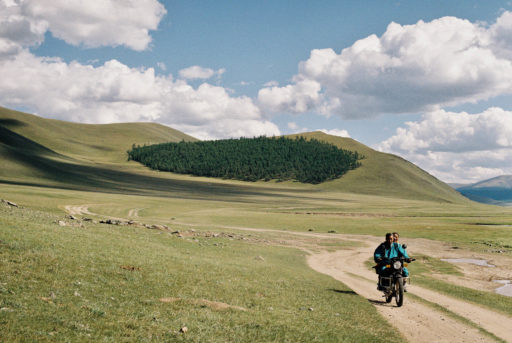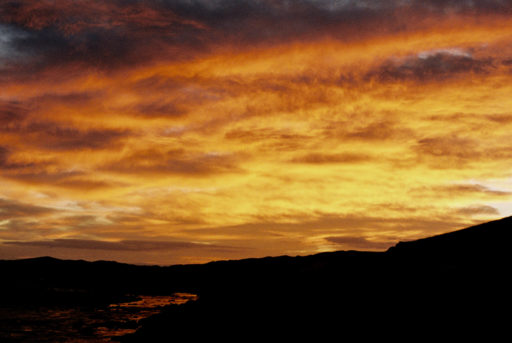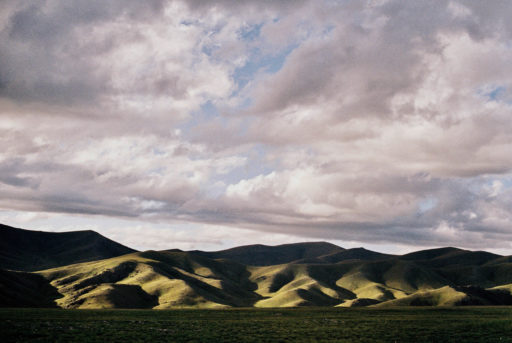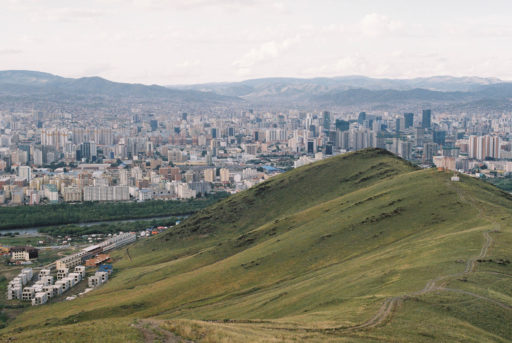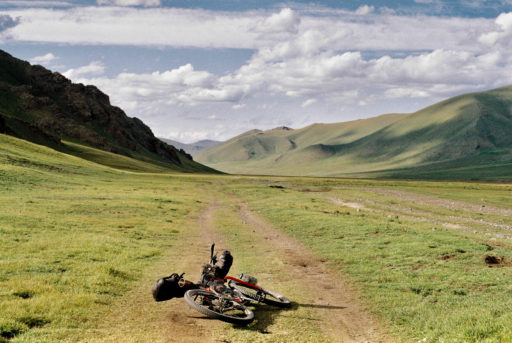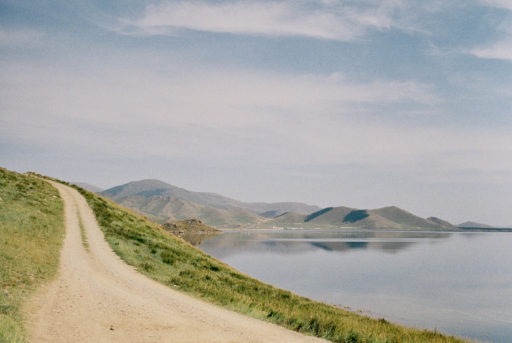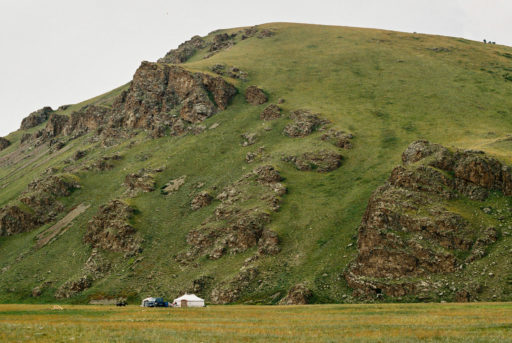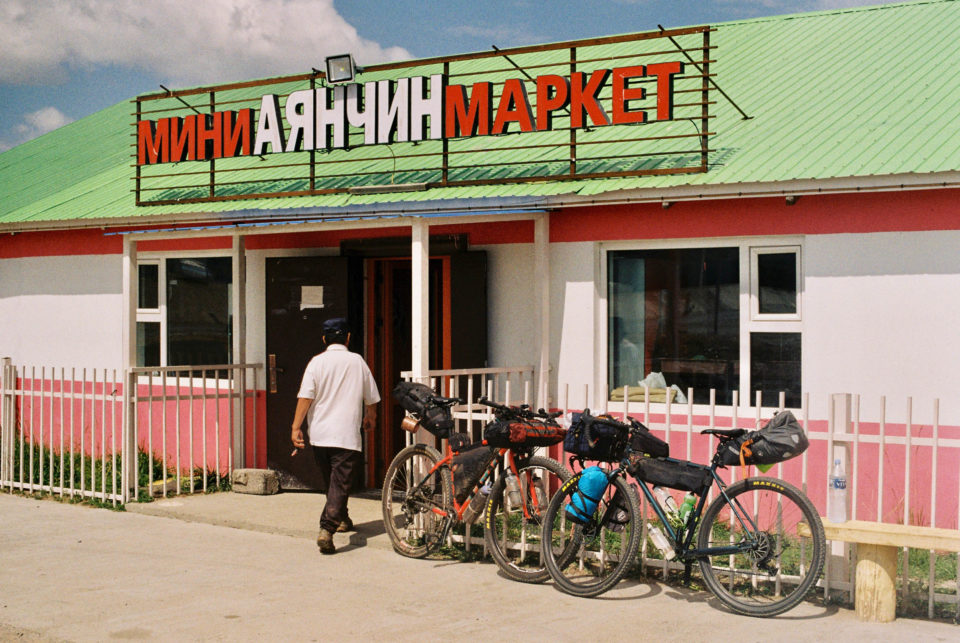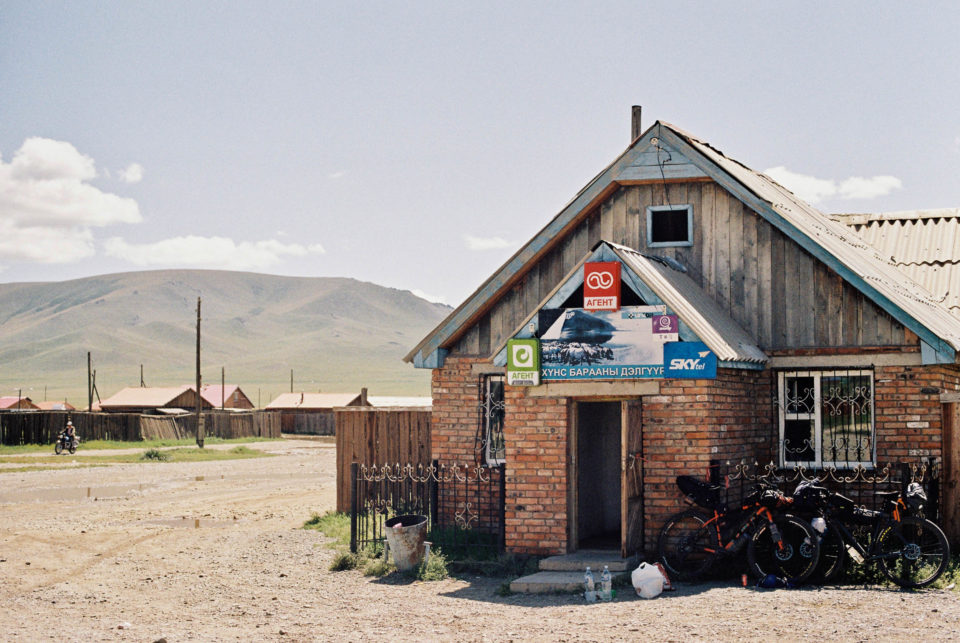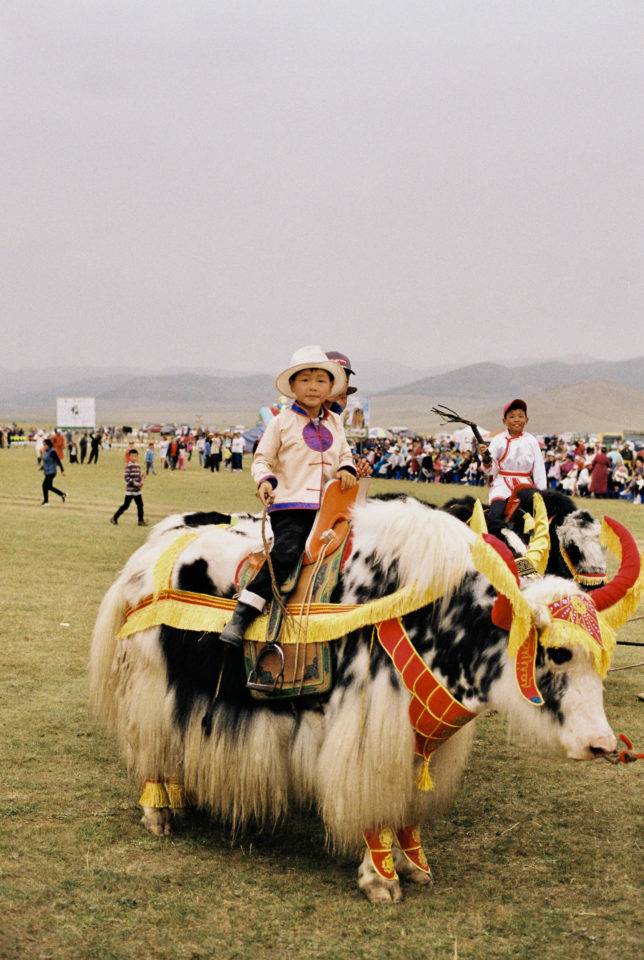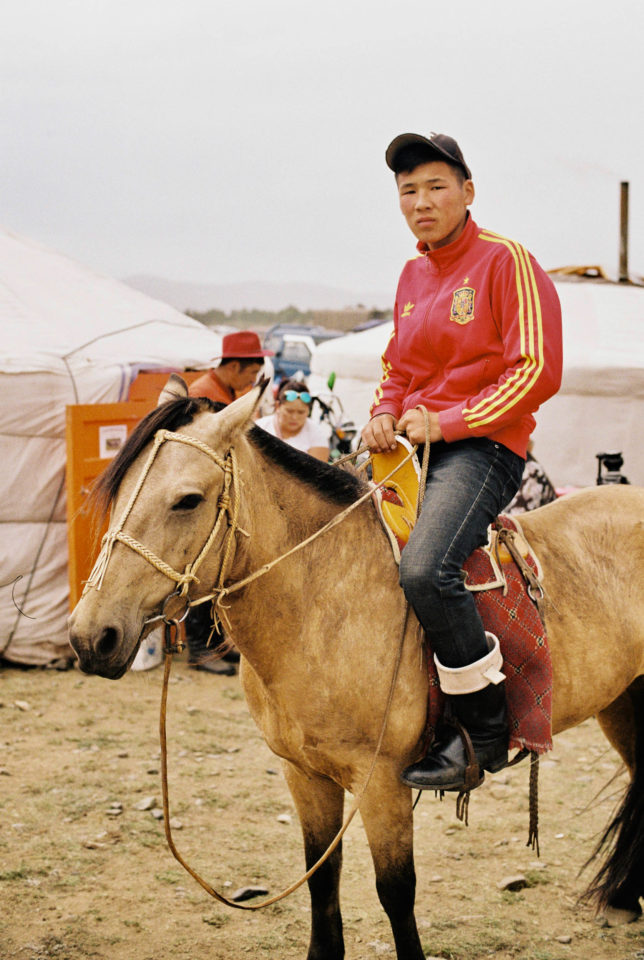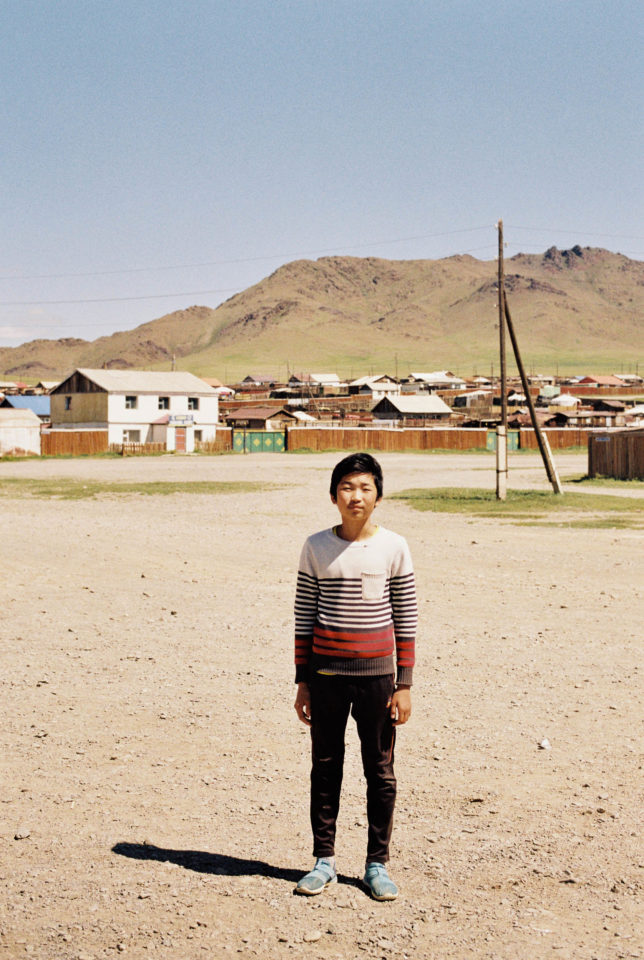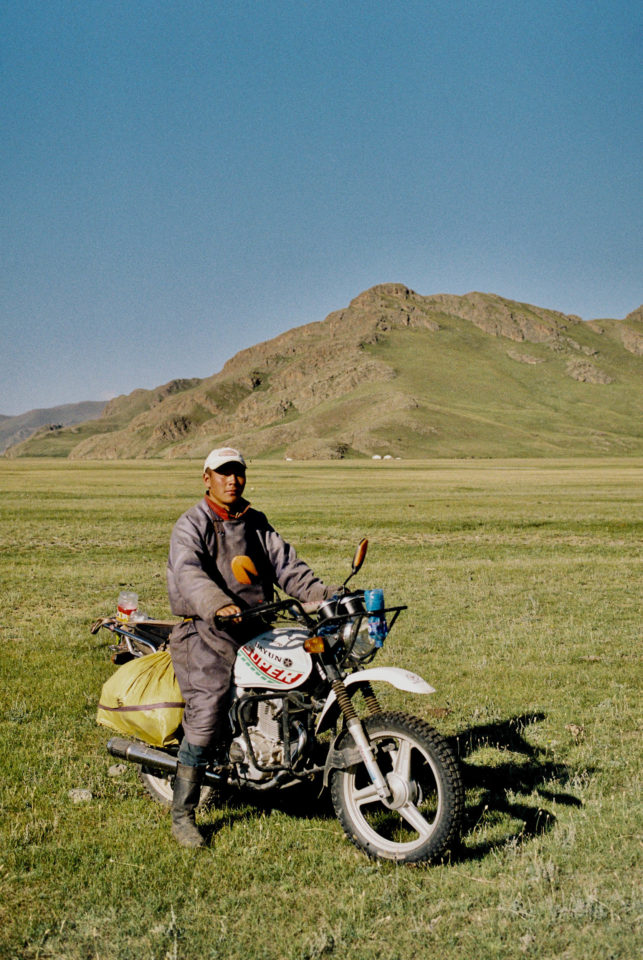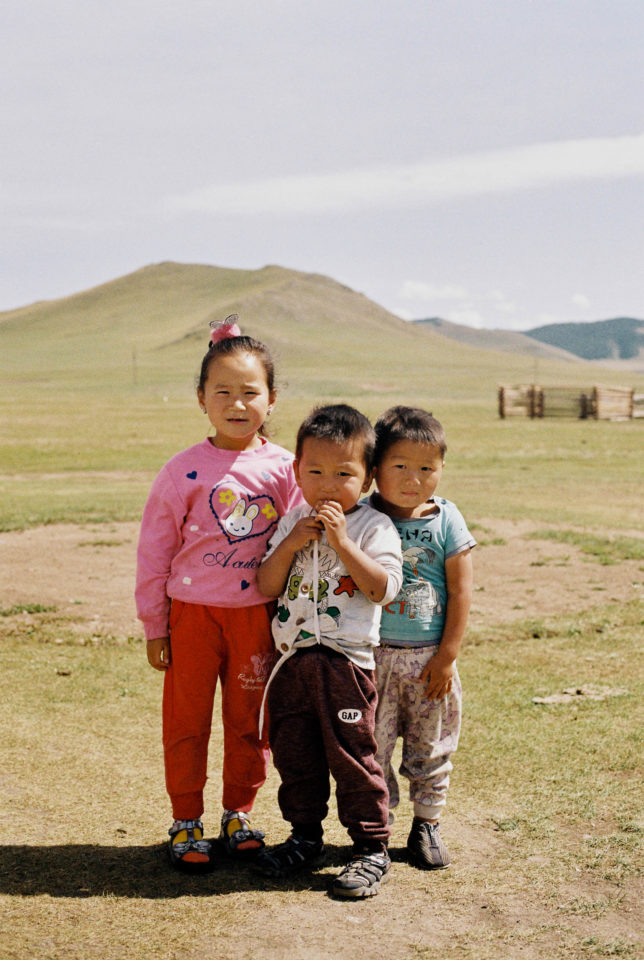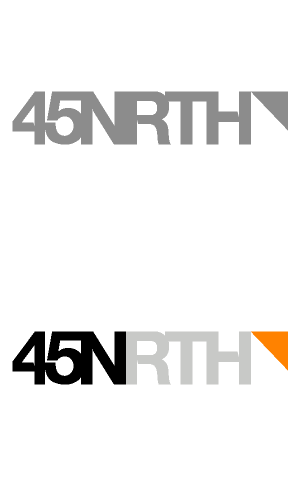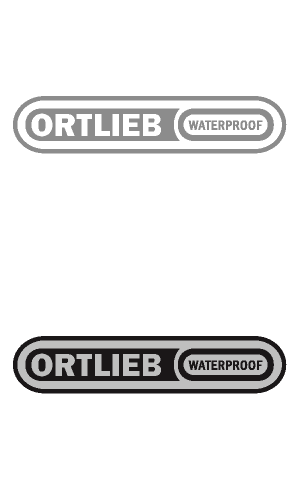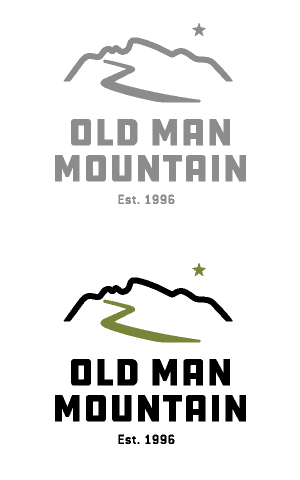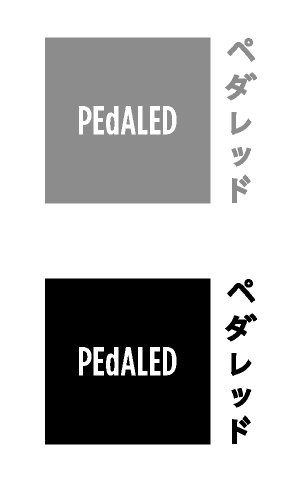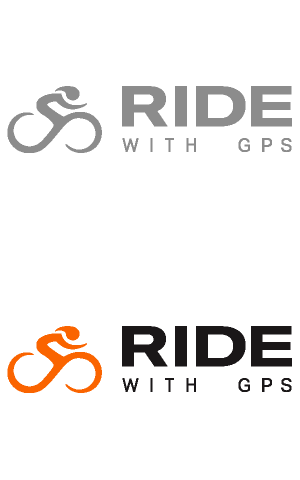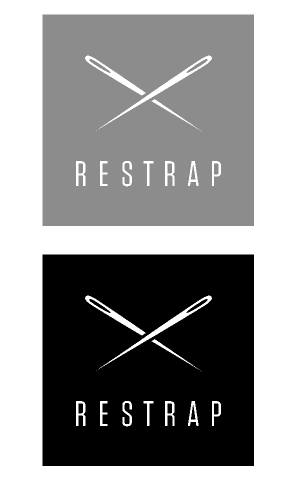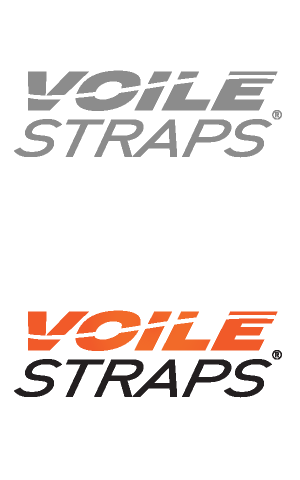Route Report: Khangai Mountains Traverse, Mongolia
Todd Palmer and his partner traveled to Mongolia to ride our Khangai Mountains Traverse for their first overseas bikepacking trip together, where they spent 10 days pedaling through the route’s vast, rolling landscapes. Find their full report here…
PUBLISHED Oct 25, 2019
Words and photos by Todd Palmer (@toddcycles)
Trying to plan our first overseas bikepacking trip was both exciting and daunting. My partner and I wanted a route that struck the right balance of adventure and accessibility, whilst also promising suitable weather for the few weeks in August we could both get off work. We considered a number of incredible sounding places, but found that we kept coming back to the Khangai Mountains Traverse route. The promise of endless winding gravel roads, the freedom to camp anywhere, and friendly locals made Mongolia sound like a remote bikepacking paradise. This all turned out to be very true.
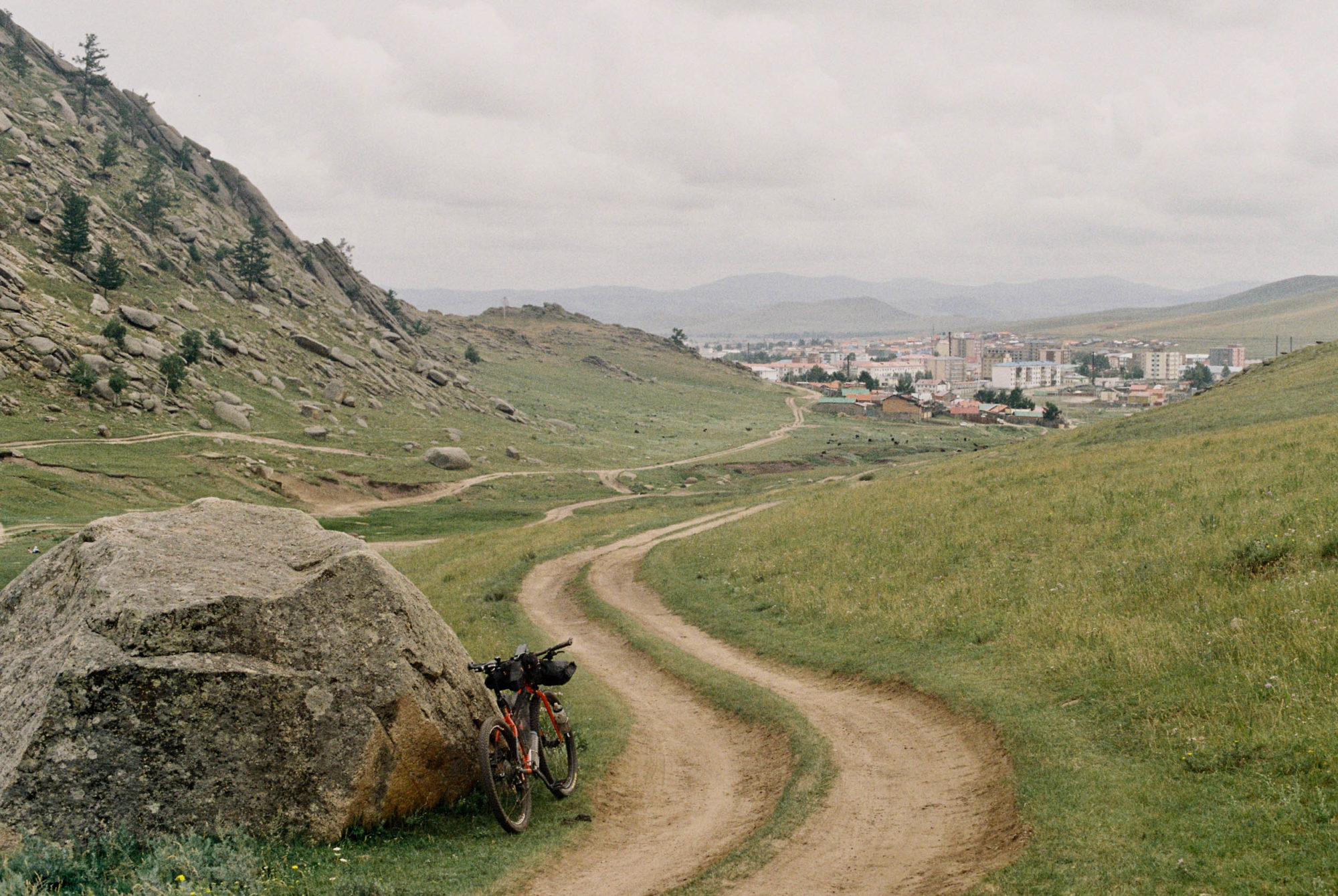
Getting there
We got unlucky with the weather when flying into Ulaanbaatar, turning the normally two-hour flight from Beijing into an eight-hour ordeal. We later heard from locals in town that AirChina will often turn the plane around if conditions are bad in Ulaanbaatar, but this should be resolved when they finish building the new airport. Our flight over from Melbourne was otherwise pretty smooth and the airline’s generous baggage policy meant we paid nothing extra to check bags and bikes.
Usually, the drive out of the airport and those first glimpses of a new city leave me eager to start exploring. But after all the rain, our trip into Ulaanbaatar was along flooded roads and around potholes big enough to swallow a car, making me nervous that we had a soggy and muddy ride ahead. Despite this, we were keen to get riding and spent one night at Zaya Guest House in Ulaanbaatar before getting an eight-hour bus to Tsetserleg, where the route begins. There, we stayed at the wonderful Fairfield Guesthouse. The staff at Fairfield (especially Batsaikhan) are friendly and helpful and there’s even a shed to build your bikes and store your bike boxes. They also sell fuel stove canisters, which we we’d anticipated being much harder to find. After a good night’s sleep, bakery treats, and little shakedown ride, we were ready to roll!
The Route
Khangai is a mountainous region in Mongolia, known for its diverse landscapes and mild microclimate. During winter, temperatures in this area drop down to -40°C and the entire landscape is almost completely frozen over. This contributes to the grassy steppes being so green, even during summer. As such, there’s only a small window from July to September when this route is suitable to ride.
We never had a problem finding water, as we did at least a couple of shallow river crossings most days. These were never more than thigh deep, and we didn’t need to take our bags off to get across. Usually, these rivers were slow moving, and clear enough that you could see the bottom. Having said that, there’s a lot of livestock around, so we played it pretty safe and filtered and purified water before drinking.
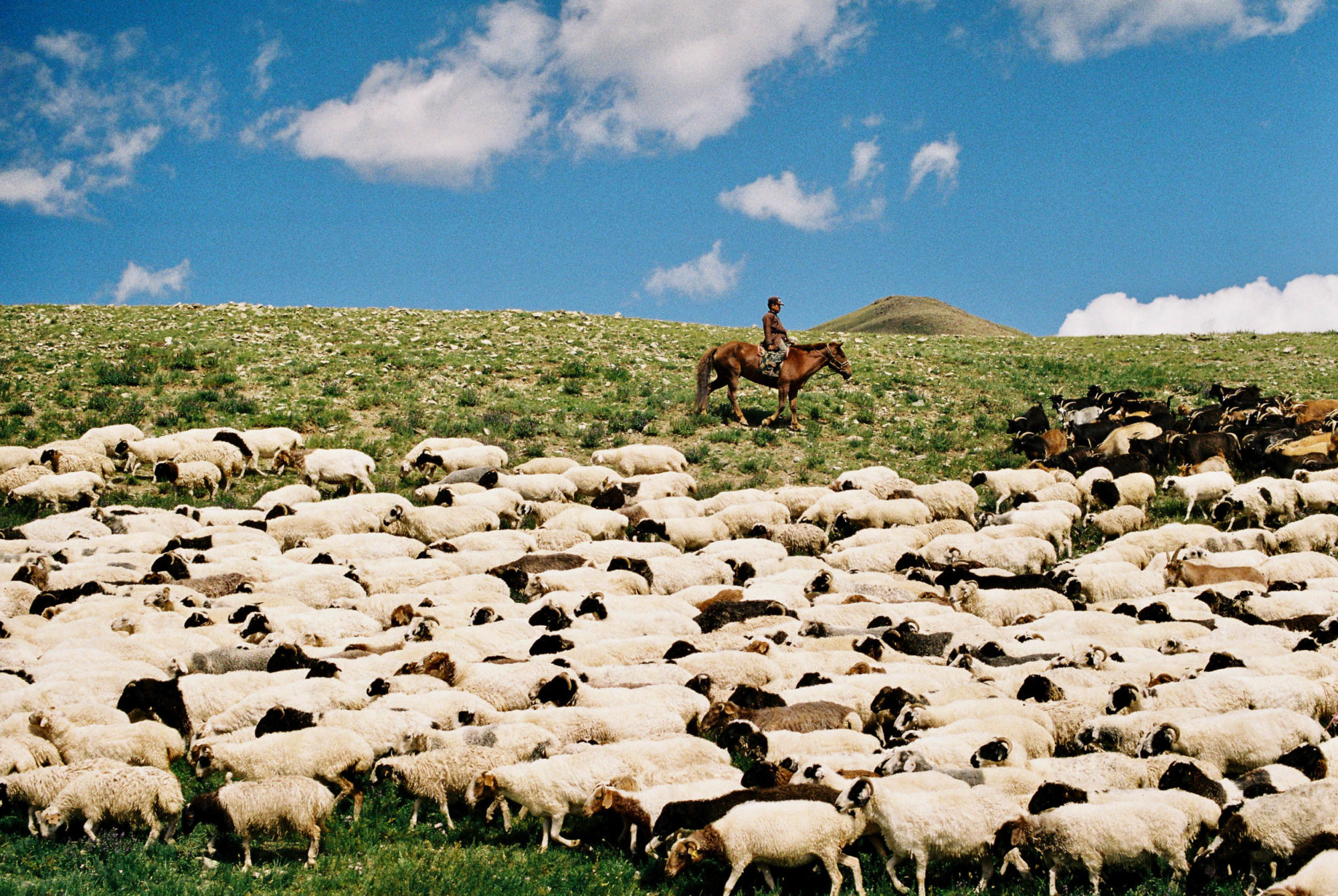
As Mongolia is the least densely populated country in the world, it feels like you’ve got a lot of space to yourself. Most of the Mongolian countryside is publicly owned and inhabited by nomadic people who live in gers. These tiny homes are completely self sufficient, often with just a solar panel and a satellite dish. In a lot of ways they live a very romantic lifestyle, being completely off the grid.
One of the great things about riding in this region is that you can camp pretty much anywhere, provided of course you respect the local communities. This gives you incredible freedom to pull over for the night when you feel like it, rather than being committed to a particular overnight stop. If you’re looking for privacy, though, it’s best to find a spot out of view. Otherwise, prepare to have the locals come and check you out. On our first night, we had an inquisitive man wander over to our tent and promptly sit down next to us while we cooked our dinner. After offering him some food and trying to communicate with hand gestures, he stood up and walked off into the sunset. It was a nice moment and didn’t make us feel uneasy, but is something to be aware of if you’re out there on your own. Overall, the locations we camped in were stunning and we were by a river almost every night, perfect for a cold bath at the end of a hot day.
In terms of scenery, this route offered some most stunning riding I think I’ll ever do in my life. The landscape is vast and you’re almost always surrounded by beautiful rolling hills in every direction. Mongolia was a difficult place to photograph, especially as I only had a fixed 50mm lens on my Canon AE1. I often had to take a few steps back to fit everything into the frame, and usually put my bike or a horse in the photo to give it some perspective. Road conditions ranged from smooth, fast hardpack, through to rough, corrugated, sandy tracks. There’s only a short sealed road section on the first day.
Food
Mongolia was a lot of great things, but a culinary delight was not one of them. We started the route with five days of food, including some dehydrated meals we had brought with us from Australia. We were glad we brought what we did, as it can be a long way between resupply stops. Even then, your options are mostly limited to instant noodles and other nonperishable junk food.
You’re unlikely to ever go hungry, though, as it’s part of Mongolian culture to welcome travellers with tea and supper. If you happen to be invited into a ger, it’s expected that you’ll accept whatever is offered to you and refusing will be considered impolite. Nomadic families mostly rely on their livestock for subsistence. This means yak milk, it’s various derivatives, and mutton. If you’re lucky you’ll get to try khorkhog. If you’re unlucky you’ll get a glass of airag, which is definitely an acquired taste.
Bikes and gear
We were both riding Kona bikes, which have never let us down. I was riding my Unit X and my partner was on a Sutra LTD running 2.1” tyres, which were just big enough to smooth out the rough stuff. I think 2.6” would be the ideal size for the mix of road surfaces found on this route. We both ran a 30T chainring, which was great for the steady climbs and day of brutal headwind. My trusty Unit X was set up with Revelate bags, whilst the Sutra LTD had a basketpacking setup with a Framework Designs basket bag. Thankfully we didn’t suffer a single mechanical, but you’ll need to bring everything from tyre plugs to spare gear cables as there is absolutely zero chance of getting your bike fixed along the route.
We saw a few people bike touring during our time in Mongolia, but none whilst we were riding the route. Judging by the looks we got from locals, tourists on bikes aren’t yet a common sight around these parts.
Overall experience
Despite delivering loads of adventure, the logistics of getting to and around Mongolia turned out to be pretty manageable. In the end, planning the Mongolia trip took less time and research than deciding where to go in the first place.
The route itself is suitable for both novice and seasoned bikepackers, as the short daily distances and minimal climbing make the riding enjoyable and rewarding without being overly exhausting. I’d recommend this route to anyone who is looking to expand their horizons and experience riding in what feels like one of the last truly wild places.
Lastly, a big thank you to Cass Gilbert for scouting this route as it really is a special part of the world to ride through. Thanks also to @bikepackingmongolia for sharing some local knowledge.
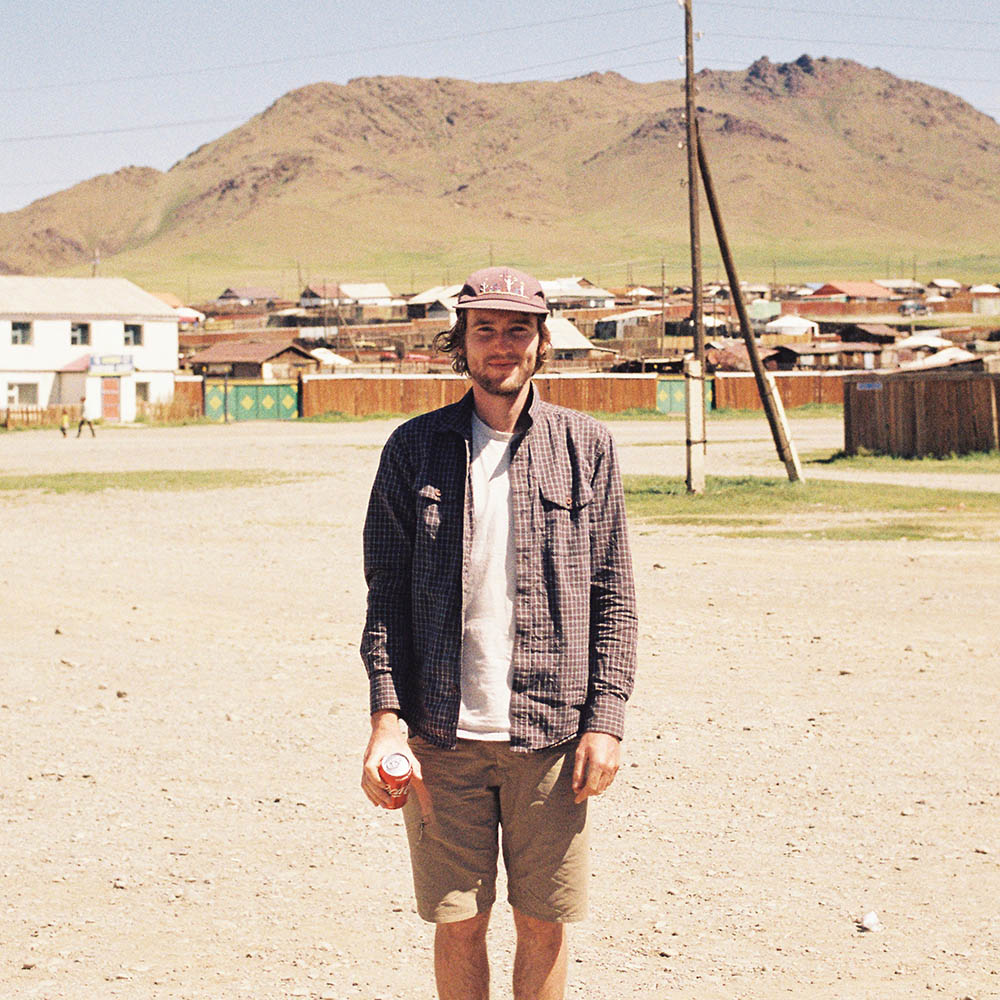
About Todd Palmer
Todd Palmer’s love for bikes started at a young age and he’s worked as a bicycle mechanic in Melbourne for over a decade. Having loved camping as a kid, then racing mountain bikes as a teenager, he found bikepacking as the perfect way to combine his favourite activities. He’s since ridden bikes in Iceland, Japan, Sri Lanka, New Zealand, and Mongolia, as well as several trips in Australia, including the Hunt 1000 route. Follow his adventures on Instagram @toddcycles.
Please keep the conversation civil, constructive, and inclusive, or your comment will be removed.
